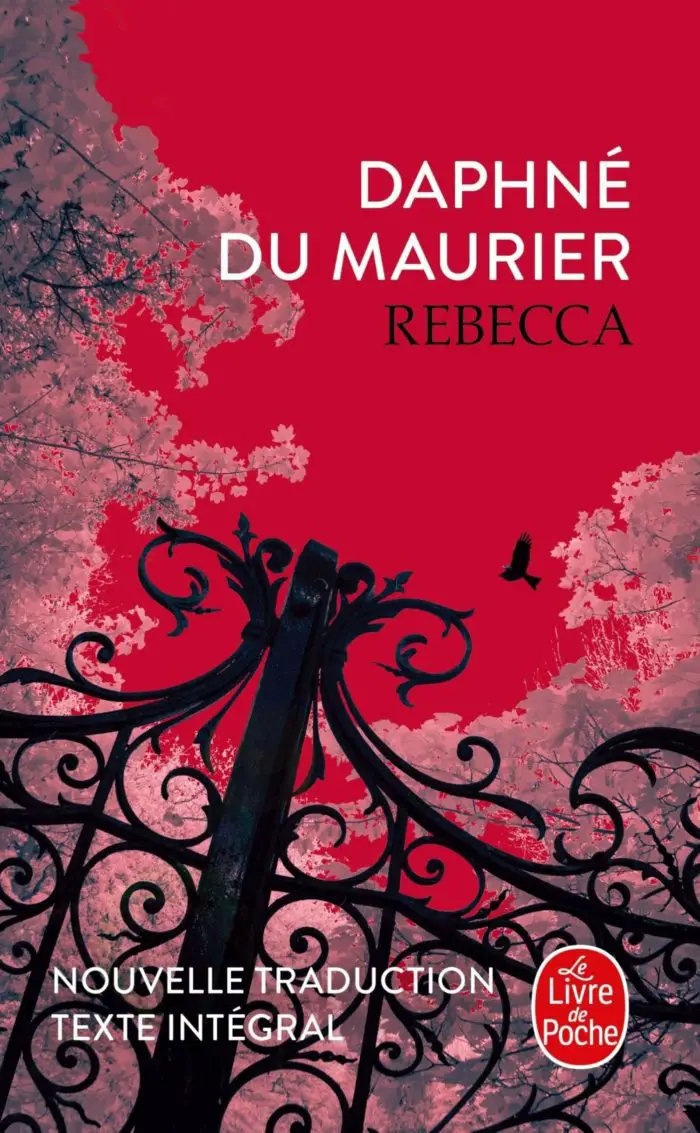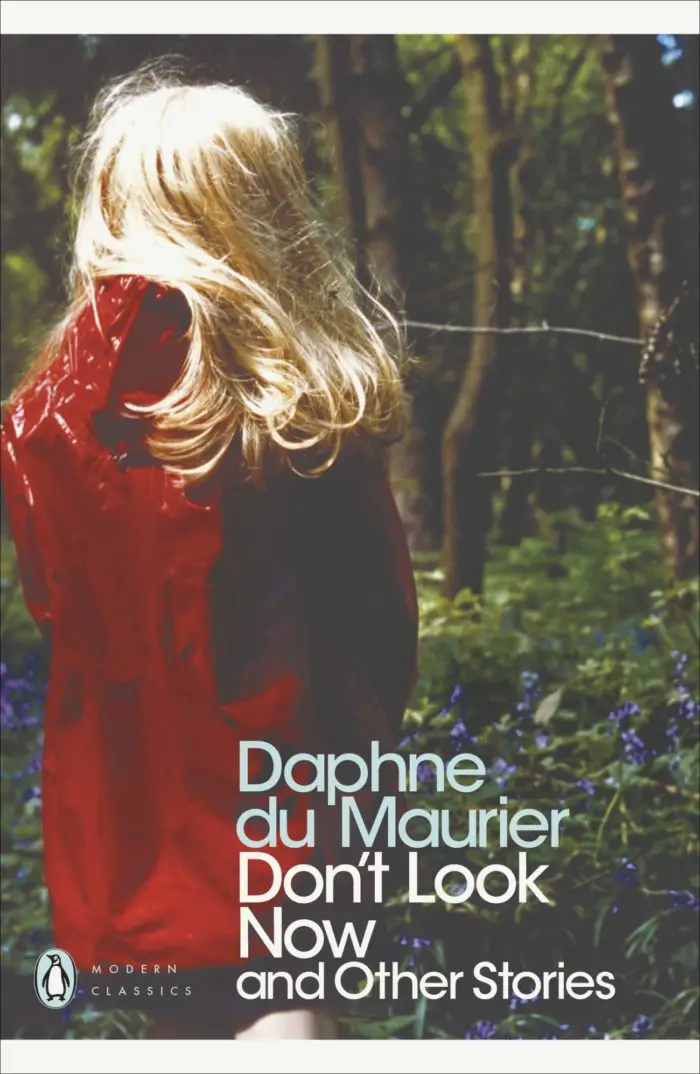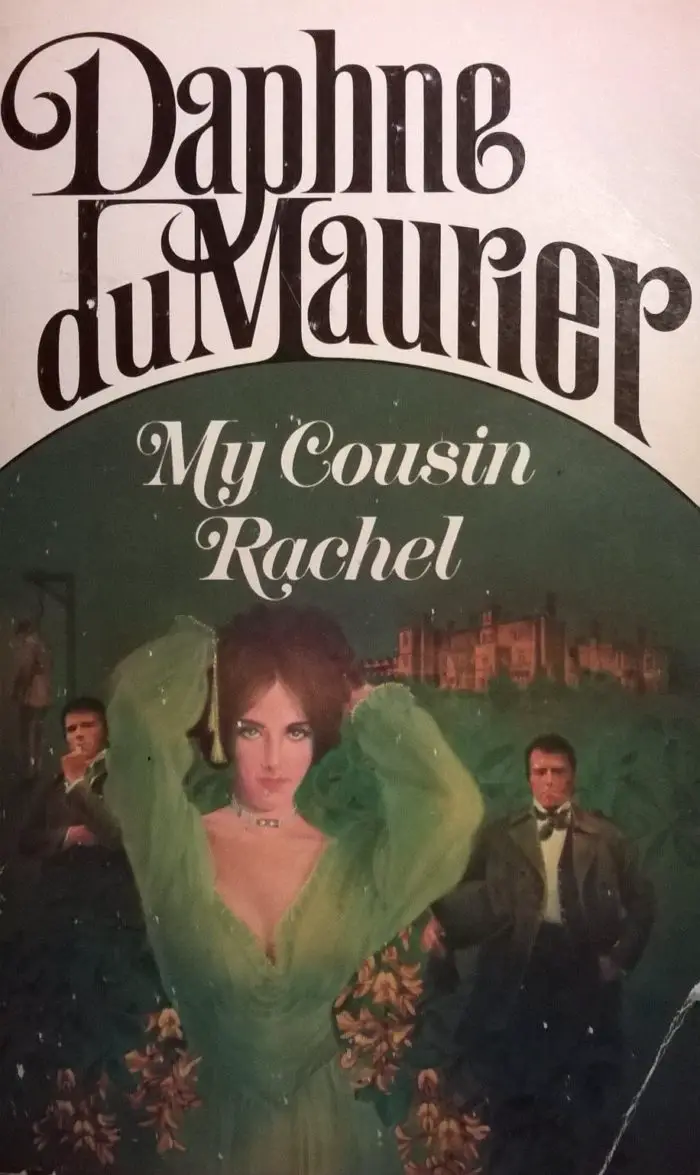Daphne du Maurier achieved great success during her long career, but she never quite received the same respect as her male contemporaries. It’s a sad injustice that in literature classes students are widely assigned works by the likes of Ernest Hemingway, F. Scott Fitzgerald, and J.D. Salinger while authors like du Maurier are still ignored. What’s even more disappointing is that du Maurier’s contributions to gothic horror are often downplayed in favor of male authors in the genre, as well. Du Maurier crafted some of the most haunting depictions of humanistic horror to date, and her witty genius deserves to be continually celebrated.
Du Maurier was a brilliant mistress of the macabre who descended from authors and actors. Her grandfather George du Maurier wrote the novel Trilby, and her parents Sir Gerald du Maurier and Muriel Beaumont were accomplished thespians. It’s no shock that du Maurier herself followed in their footsteps to become a creative. Her sisters also became a writer and a painter respectively. What’s for certain is that the du Maurier family’s creative streak was a strong one. While du Maurier’s family ties did help her get a proverbial foot up in her writing career, she took her writing seriously and was noted as being extremely devoted to her craft and even wrote extensively about how her childhood shaped her into the writer she became.

As far as writing, in addition to her stellar works of gothic horror, du Maurier was a master of non-fiction, as well as fiction. She had a prolific bibliography that included novels, short stories, plays, and biographies, even one that chronicled the life of the Bronte sisters’ brother Branwell. Some of her non-fiction work centered around her own family and family history. While she will forever be best known for the sumptuous novel of power, jealousy, and inequality, Rebecca, her writing went far beyond just one exemplary novel. She remained active in her writing up until her death in 1989, which was also the year the non-fiction book Enchanted Cornwall was published. Her career was impressive and prolific, and she used her skills to explore many different subjects and styles of writing.
Rebecca is without a doubt du Maurier’s most successful work, and there is good reason for this. It’s a creeping gothic horror that would make Charlotte and Emily Bronte exceedingly proud. While there isn’t overt supernatural happenings at work, the book is steeped in the idea of ghostly presences and how a person’s memory can taint all around them. Murder and intrigue and class discrepancies plague the marriage of a young woman known only as the second Mrs. de Winter. Du Maurier’s intrepid heroine has captivated audiences since the ’30s because she is fantastically and unabashedly human. She’s anxious and jealous, but these are never portrayed as character flaws but instead a mere indication of what makes her realistic. The reader follows Mrs. de Winter’s journey and is sucked in by her new marriage to the illusory and charismatic Maxim de Winter. Throughout the novel, Mrs. de Winter comes into her own, becoming her own woman and more self-possessed when she is able to shake off the metaphorical ghost of Rebecca. The novel as a whole is a good example of du Maurier’s extremely deft ability to create characters that echo humanity as we even know it today.

Du Maurier had a way of making even the most mundane happenings absolutely terrifying, and when she fully leans into the horror of certain plot points, her writing becomes something awe-inspiring and breathtaking. Take Jamaica Inn for example. All monsters in the novel are frighteningly human. However, that doesn’t take away from du Maurier’s stranglehold on the reader. Mary is subjected to unadulterated brutality in the book and sees murder and destruction in close quarters. Du Maurier’s descriptions bring the horror home and make it clear that while this book might be a more straightforward gothic romance, that it still deals in the trappings of the horror genre.
Even du Maurier’s short story offerings carry that same sinister bite that her long works do as well. Du Maurier’s short stories “The Birds” and “Don’t Look Now” are among some of her most popular and well-known tales and were even adapted into successful films. The film version of “The Birds” differed from her short story, and she disliked Alfred Hitchcock’s take on the tale. However, she did like Nicolas Roeg’s Don’t Look Now, listing it as one of her two favorite adaptations of her works. “The Birds” centers on a farmer and his community that are attacked by a swarm of vicious birds, while “Don’t Look Now” explores grief as a man visiting Venice with his wife believes that he is seeing an apparition of their recently deceased daughter. Both stories are creepy and filled with du Maurier’s signature style.

However, du Maurier wrote a wide array of short stories that explored the gruesome trappings of gothic horror and life in general. One of her most infamous and intriguing stories, “The Doll,” deals with a man obsessed with a young violinist with a dark erotic secret that sends him straight into madness. Her short fiction are macabre slices of virtuosity that can be consumed in one sitting, the perfect option for those that are interested in exploring du Maurier’s fiction without committing to reading a full novel.
For anyone who wants to read du Maurier, there is no wrong place to start. Daphne du Maurier’s long and storied career surely has something to suit everyone’s taste. What is important is that society and horror remember her monumental contributions to the genre and literature at large. Du Maurier deserves every bit of attention that literary circles so readily afford to her male contemporaries. Her work has continued to interest readers since the ’30s, and it looks like blessedly there will be no stopping the hungry hordes who consume the sheer masterpieces she produced.

Reading List:
New to Daphne du Maurier and in need of some guidance? Here’s a little sampling to get you started on your voyage with du Maurier.
Short Stories: “Don’t Look Now,” “The Birds,” “The Doll,” “Tame Cat,” and “The Happy Valley.”
Novels: Rebecca, Jamaica Inn, My Cousin Rachel, The House on the Strand, and The Scapegoat.


